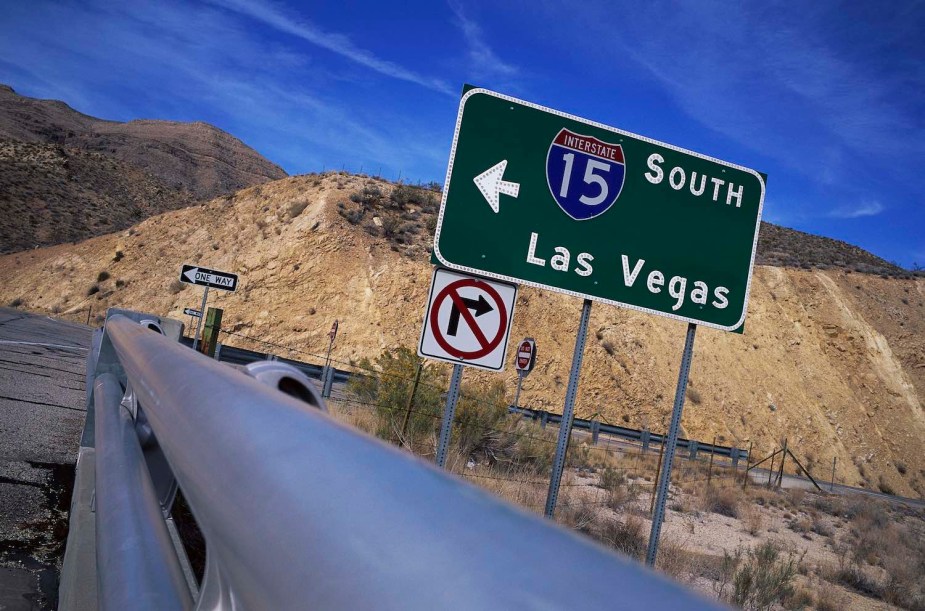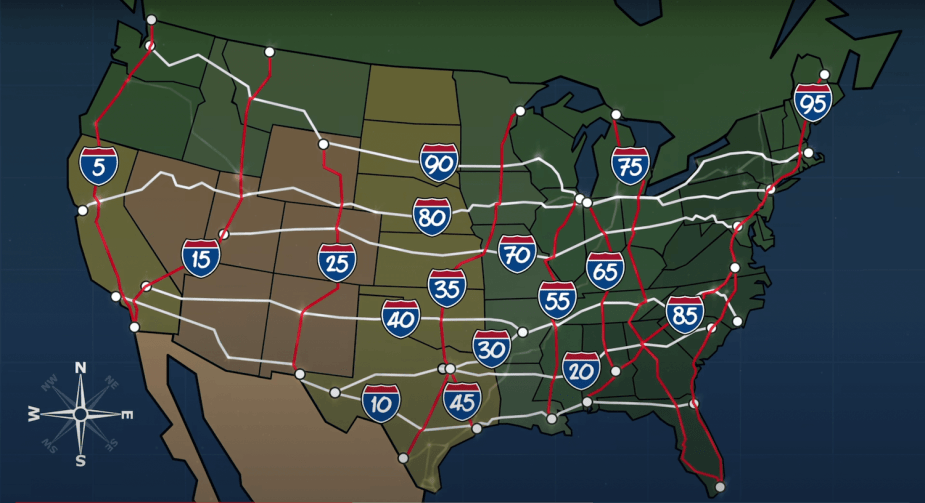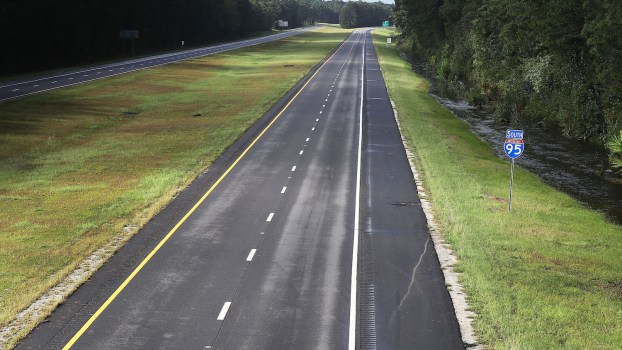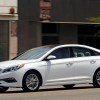
How Many Major Interstate Highways Does the USA Truly Have?
During a long road trip, you may have noticed that the U.S. Interstate Highway System has a simple naming convention: major north-south highways begin with I-5 in the west and end with I-95 in the east. East-west highways begin with I-10 in the south and end with I-90 in the north. So there are 19 major interstate highways in the U.S., right? Wrong. There are just 17. Why? The DOT skipped a couple in the middle of the country for a surprising reason.
What are the names of the major east-west interstate highways?
There are seven major east-west highways in the Interstate Highway System. The southernmost route (I-10) runs from Santa Monica, California, to Jacksonville, Florida. There are medium highways between these, but the major east-west interstates all have two-digit names ending in zero. The northernmost (I-90) connects Seattle, Washington, and Boston, Massachusetts. But not every available number has a highway.

Rumor has it that because U.S. Routes 50 and 60 were still so popular for cross-country travel in the 1950s, the DOT skipped those numbers. That is why the major interstate highways skip from I-40 to I-70–according to CGP Grey on YouTube. Find out about the major east-west highways in the table below:
| Name | Begins | Ends |
| I-10 | Santa Monica, California | Jacksonville, Florida |
| I-20 | Fort Worth, Texas (I-30 junction) | Florence, South Carolina |
| I-30 | Kent, Texas (I-10 junction) | Wilmington, North Carolina |
| I-40 | Barstow, California | Little Rock, Arkansas (I-30 junction) |
| I-70 | Cover Fort, Utah | Baltimore, Maryland |
| I-80 | San Francisco, California | Teaneck, New Jersey |
| I-90 | Seattle, Washington | Boston, Massachusetts |
What are the names of the major north-south interstate highways?
The major north-south routes in the U.S. Interstate Highway system have (mostly) two-digit numbers that all end in five. The lowest number belongs to I-5, which runs up the West Coast, the highest is I-95 which runs up the East Coast.

There is a major north-south Interstate Highway with every available two-digit number. That said, several of them “T” into other highways and are relatively short. I-45 is essentially a spur of I-35, connecting Houston, Texas with I-35 in Dallas. See all the major north-south interstate highways in the table below:
| Name | Begins | Ends |
| I-5 | San Diego, California | Blaine, Washington |
| I-15 | San Diego, California | Sweet Grass, Montana |
| I-25 | Las Cruces, New Mexico | Buffalo, Colorado |
| I-35 | Laredo, Texas | Duluth, Minnesota |
| I-45 | Houston, Texas | Dallas, Texas (I-35 junction) |
| I-55 | LaPlace, Louisiana | Chicago, Illinois |
| I-65 | Montgomery, Alabama | Gary, Indiana |
| I-75 | Hialeah, Florida | Sault Ste. Marie, Michigan |
| I-85 | Montgomery Alabama | Petersburg, Virginia (I-95 junction) |
| I-95 | Miami, Florida | Houlton, Maine |
In addition to the junctions listed in this table, two cities have the distinction of being the southern terminus of two separate north-south interstate highways: San Diego, California and Montgomery, Alabama.
When did the US build its Interstate Highway System?
In 1956, President Dwight Eisenhower established the Interstate Highway System. He even diverted military funding to build divided highways all across the country. During the 1950s and 1960s, DOT engineers established and built 17 major highways and named them in sequential order.

After WWII, the U.S. military budget grew so rapidly, that President Eisenhower even warned the country of the influence of the budding “military-industrial complex” in his farewell address. During his administration, he sought ways that this military spending could benefit civilians and industry as well.
As commander of the Allied forces during WWII, Eisenhower had gained firsthand experience with just how critical transportation is to military operations. The broken infrastructure of Europe slowed down the Allied liberation, despite Detroit pioneering the first mass-produced 4WDs, such as the Dodge Power Wagon and the Willys Jeep.
When President Eisenhower suggested the military and DOT cooperate on a set of interstate highways, the two departments agreed.
Next, find out the colors of police and fire truck lights in every state or learn more about the Interstate Highway System in the video below:





